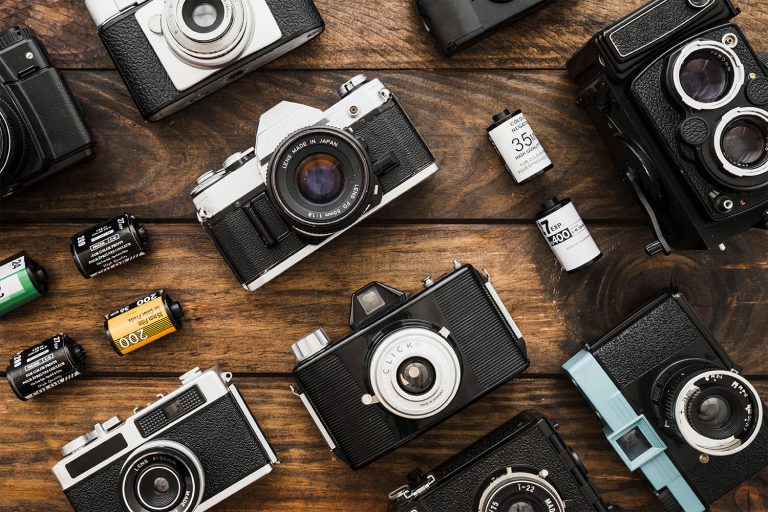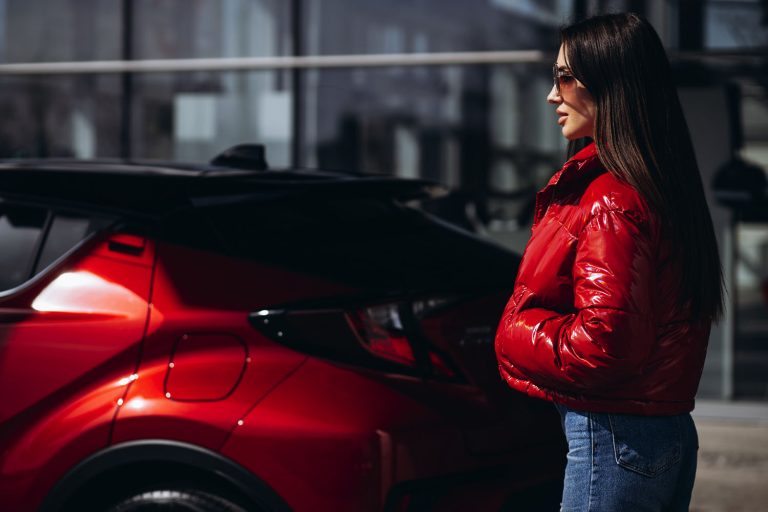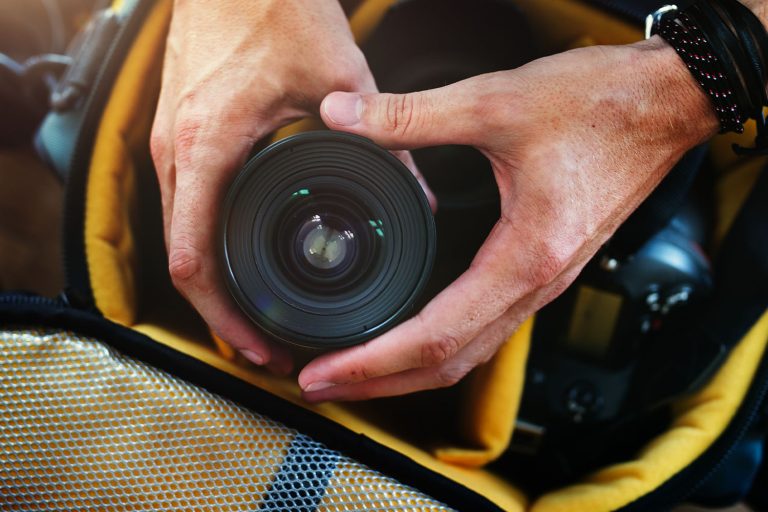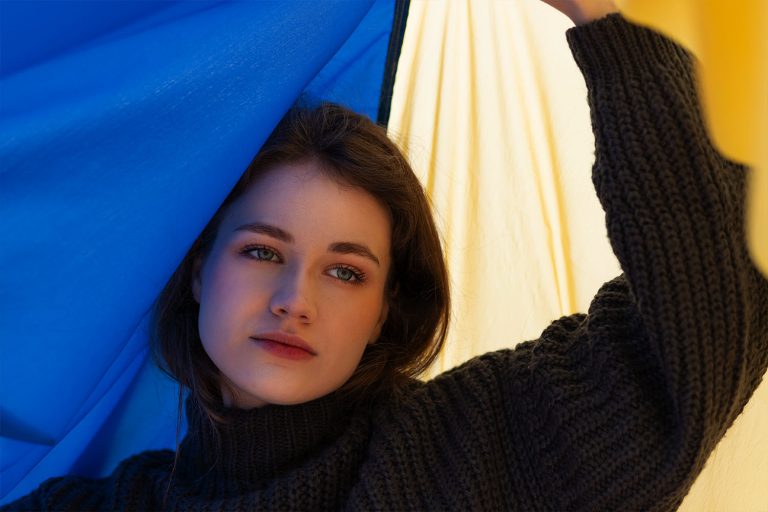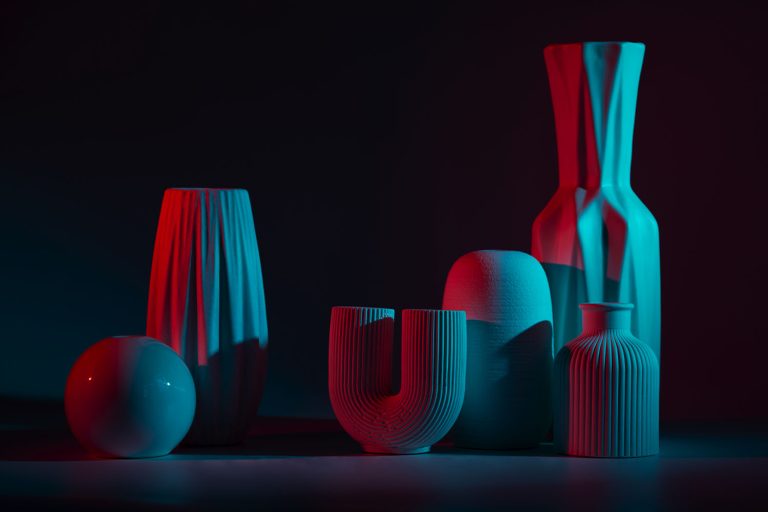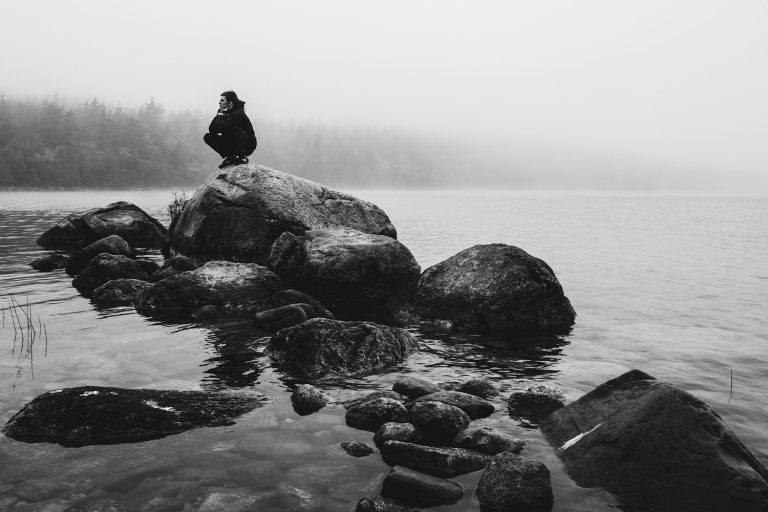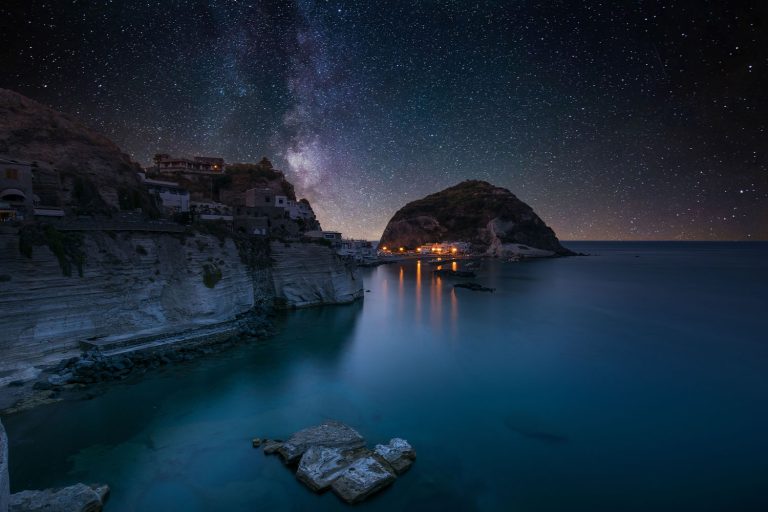Creating panoramas is a fascinating process that allows you to capture large-scale landscapes, cityscapes or interiors
in the form of a holistic image. The process includes several stages: from preparation for shooting to processing and publishing
Choosing a camera and lens for panoramas
To create a high-quality panorama, it is best to use a DSLR or mirrorless camera with interchangeable lenses. Wide-angle or fisheye lenses are particularly effective, as they allow you to cover a wider viewing angle. The wider the lens angle and the larger the camera sensor size (with or without a smaller crop factor), the fewer frames are required to create a full spherical panorama.
For example, with a Canon EOS 500D (crop factor 1.6) and a standard 18-55 mm lens, it takes about 40 frames to create a panorama
. If you use a wide-angle lens, such as the Sigma AF 10-20 mm f/3.5 EX DC, the number of
To minimize the number of frames, use specialized fisheye lenses. For example, the
If you’re a beginner, don’t rush to buy expensive equipment. Even with a compact camera or a modern smartphone,
Panoramic head and tripod: a necessity or a fad?
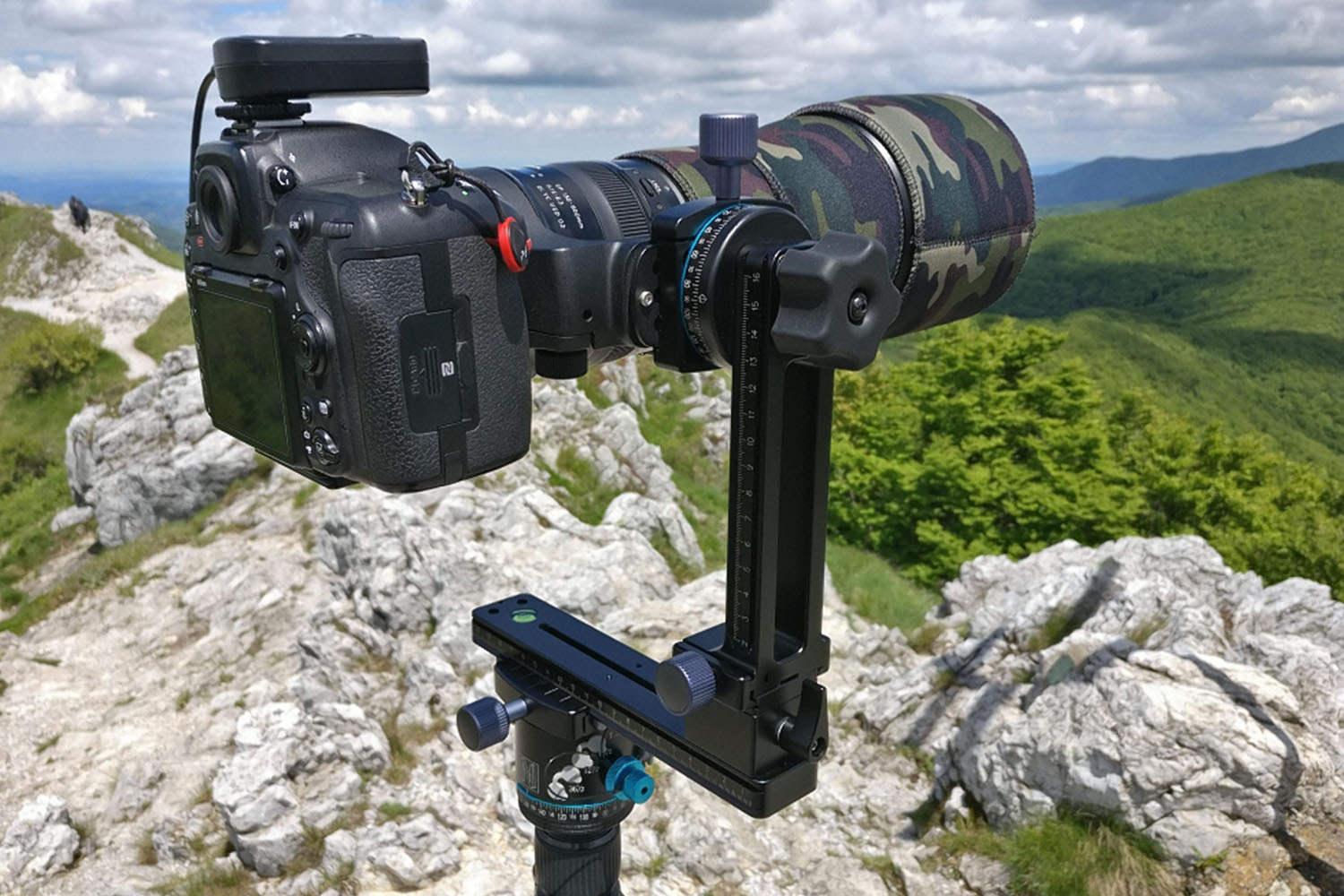
To create a spherical panorama, you need a stable camera, as even a slight shift can make it difficult to stitch
frames together. The best way to do this is to use a panoramic head and a tripod. A pan head allows you to accurately rotate
There are many panoramic heads on the market from well-known brands such as Manfrotto, Nodal Ninja, or Agnos. For example,
Can I take a panorama without any special equipment? Yes, if your camera supports shooting panoramas in multiple
If you’re shooting in a dynamic environment, such as a crowded place with lots of movement, camera stability becomes even
more important. Any movement can lead to mismatches between frames, making stitching difficult. For
Creating panoramas is a combination of technical precision and creativity. From choosing a camera and lens to the correct
